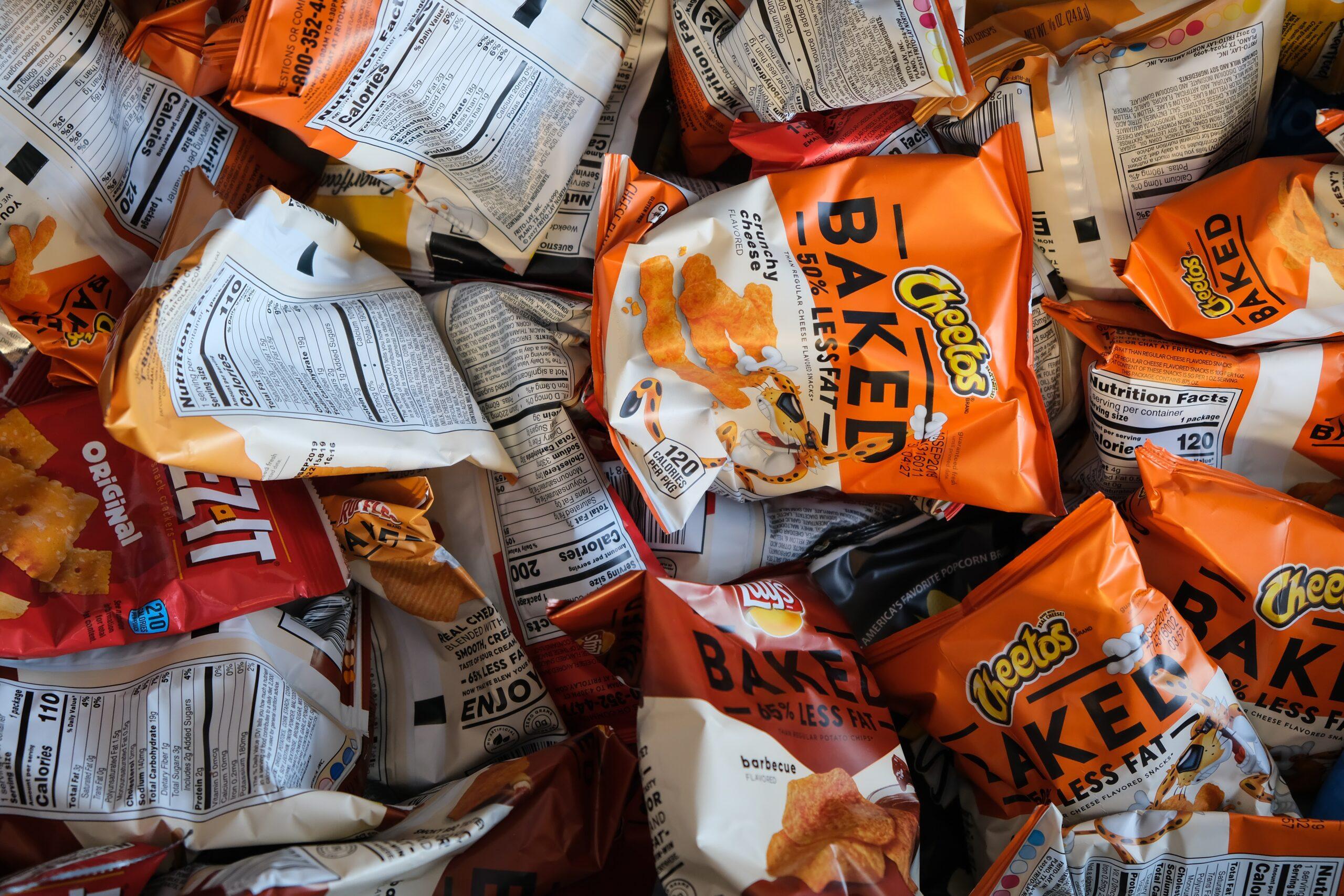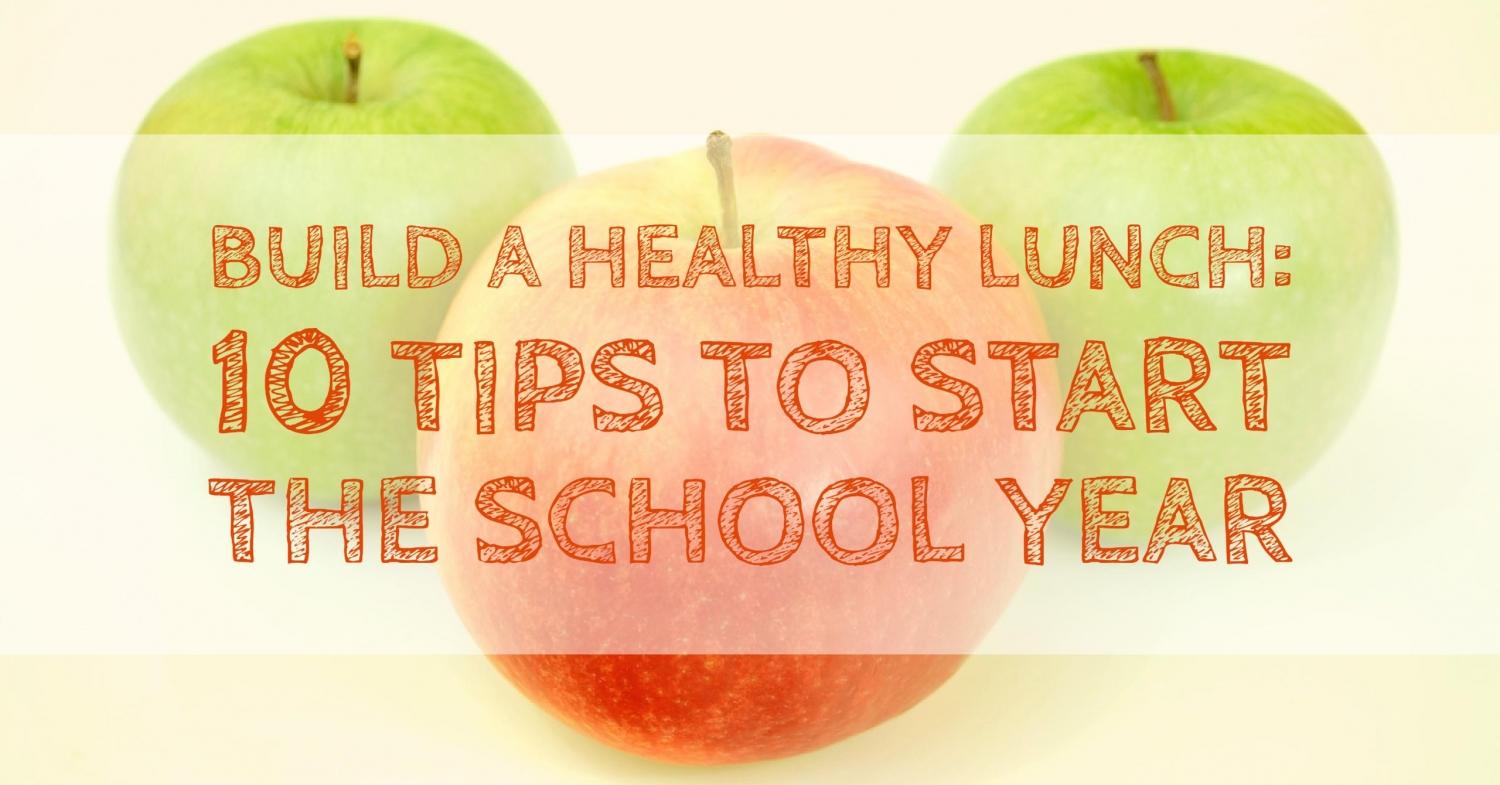You had questions about your family’s eating habits, and Registered Dietitian Stacey Antine has the invaluable answers to them. Want to know whether those frozen yogurt shops you adore are as harmless as advertised? Or are you curious as to how much pasta is really too much pasta? Keep reading to find out!
I eat frozen yogurt at least twice each week, and my family enjoys Tutti Fruiti and 16 Handles as special treats. I understand that yogurt has wonderful nutritional benefits, but I’m concerned about the calorie counts and health benefits of the delicious add-ons, especially the carob chips and chocolate crunch toppings. Are these low-fat treats and their embellishments really healthy?
Frozen yogurt made with natural ingredients and containing probiotics (good bugs!) is a good choice. However, kids and adults often go awry with adding toppings that can quickly “junk up” a good thing. Fruit toppings, while adding sugar, are better than the chocolate crunch and sprinkle toppings, so your intuition is spot on. If you and your kids can stick with the frozen yogurt and go light on the toppings, this treat could be a good choice.
My girls (ages 2 and 4) are pasta addicts. Every night, pasta is all they want to eat. Even when I don’t make it, they ask for it (well, whine for it)! I have spoken to several other parents who say the same thing is going on in their homes, too. I know too much pasta is not good for them. Is this just a phase? Should I stop giving them pasta? How worried about this should I be?
Kids love pasta, I certainly did as a child, so your girls are normal eaters! I’m all about celebrating the foods kids are eating, not taking away choices or sneaking stuff into their meals. I’ve got two important tips for your pasta girls. Number one: Serve whole-grain pasta. Barilla PLUS and whole wheat get a thumbs up from kids and add dietary fiber and other nutrients to their diet. Number two: Add good nutrition to the pasta. Make Spinach Pesto Pasta, as well as Pasta and Sweet Peas. Found in my book, Appetite for Life, the dishes will give the girls the noodles they love and good nutrition for your peace of mind.
My daughter runs out of the house each morning without eating breakfast. Is this a bad habit?
Based on a significant body of research, it’s been found that kids who eat breakfast perform better in school, have less disciplinary problems, and focus better in the classroom. Breakfast is the most important meal of the day. As your daughter runs out of the house, put a banana, granola bar (check for natural ingredients), or yogurt smoothie in a to-go cup in her hand to make sure she gets the nutrition she needs to be her best!
How can I push my family to eat organic when money is tight?
Eating organically is all about making smart choices. When it comes to fresh produce, the most inexpensive way to eat organically is to grow your own food. Then, supplement with what you aren’t growing. Also, shopping at local farmers’ markets or supermarkets for organic produce when it’s in season in your region is another way to pay less at the checkout. Streamline your organic produce purchases by buying only the top sprayed items from the Environmental Working Group’s dirty dozen list. Since berries are heavily sprayed, you may want to consider frozen organic berries, which are less expensive and nutrient packed. Meat can be pricey, but many store brands such as Stop & Shop’s Nature’s Promise offer natural selections at affordable prices. Wal-Mart, BJ’s, and Costco carry organic meats and other items in bulk at wholesale prices. Purchased fish should be wild. If it’s organic, then it’s farmed-raised, which is not the best choice.




